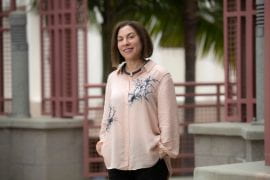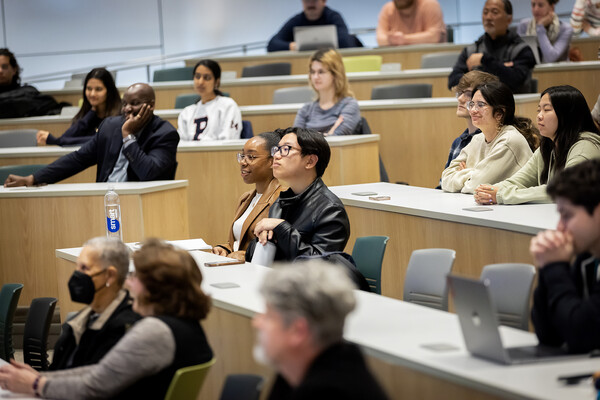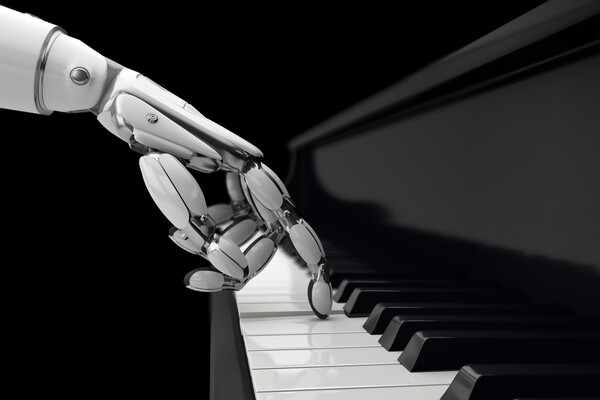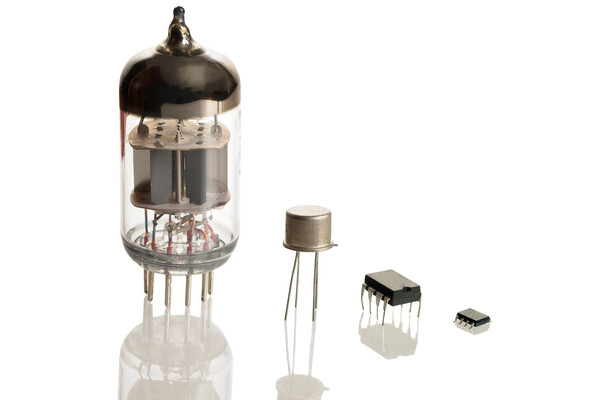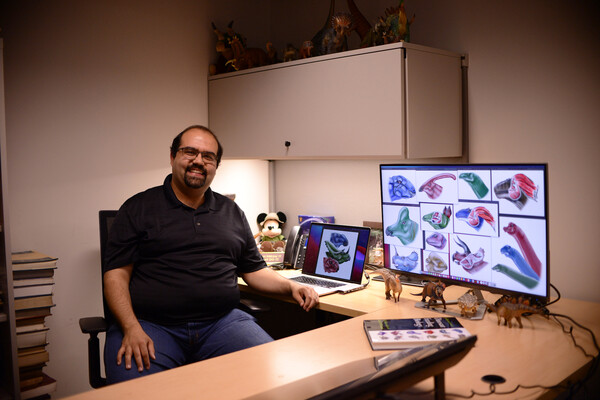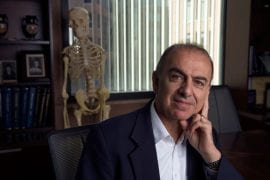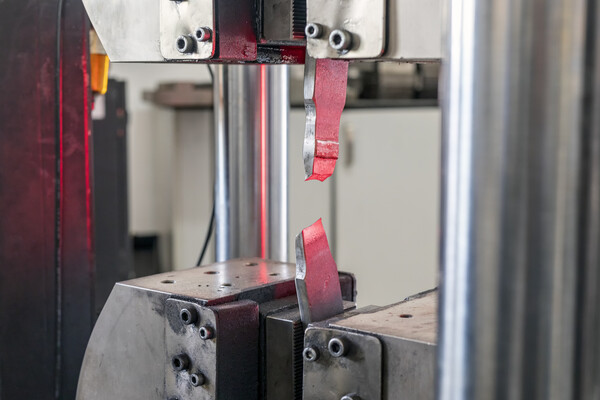Gloria Mark explains why we’re distracted and how to fight it
Latest News
Surprising Preference in Particle Spin Alignment
Spin orientation preference may point to a previously unknown influence of the strong nuclear force—and a way to measure its local fluctuations.
Beyond the pipette and the stethoscope, students explore biology’s societal impacts
The new Biology and Society course, supported by SNF Paideia, gave biology majors the chance to explore how scientists must contend with subjects such as health equity and vaccine hesitancy.
When robots touch the world
Penn Engineering’s Michael Posa discusses robotics in the age of artificial intelligence, the ambulatory genius of toddlers, navigating the unfamiliar and the elegance of not learning everything.
Moore than meets the eye
Following the death of Gordon Moore, co-founder of Intel and a pioneer in computer processor chips, Penn Today spoke with the School of Engineering and Applied Science’s Benjamin C. Lee about Moore’s contributions to technology and the history and rapid evolution of chips.
Four from Penn elected to the National Academy of Sciences
The newly elected members, distinguished scholars recognized for their innovative contributions to original research, include faculty from the School of Arts & Sciences, Perelman School of Medicine, Annenberg School for Communication, and Wharton School.
What fossils tell us about the dining habits of dinosaurs
More than a century of research is vividly shared in ‘An Illustrated Guide to Dinosaur Feeding Biology’ by Ali Nabavizadeh of the School of Veterinary Medicine and David B. Weishampel of Johns Hopkins University.
UCI biomedical engineer Kyriacos Athanasiou wins $6 million CIRM grant
Funding will support preclinical studies of engineered jaw joint implant
Zeroing in on a Fundamental Property of the Proton’s Internal Dynamics
Theory and experiment combine to provide the most precise empirical extraction of the proton’s tensor charge, a fundamental property of the proton.
Repairing fractured metals for more sustainable construction
Mining, refining, and processing metals commonly used in construction are estimated to contribute around three billion tons of CO2-equivalent emissions. Now, researchers have developed a new metal-healing technique that fully restores previously unrepairable metals, presenting sustainable options for manufacturers.


